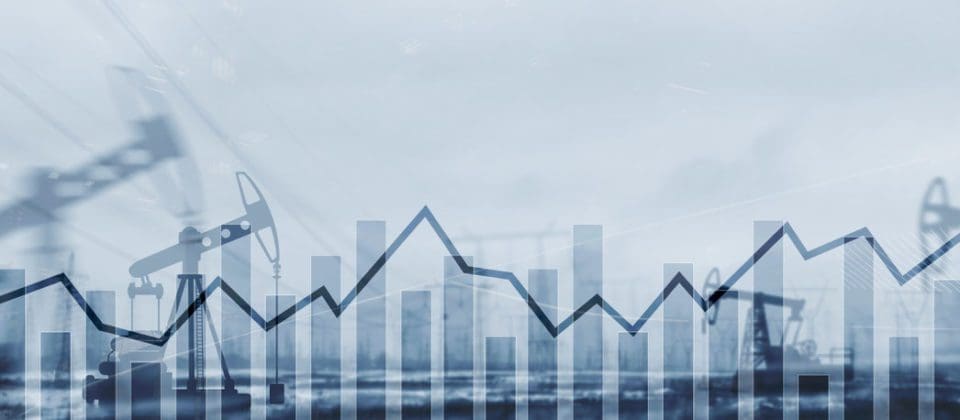Crude oil, natural gas and gasoline prices were all up this week. It’s a trend that has been repeated almost weekly since June 2020 when there was an oversupply of product and much lower prices.
That summer U.S. oil inventories, excluding oil in the Strategic Petroleum Reserve, were at 540 million barrels, which was a record. Oil prices were in the $10 to $15 range, and retail gasoline was around $2 per gallon.
On Wednesday, the Energy Information Administration (EIA) said oil inventories fell to 410 million barrels – a 24 percent decrease since June 2020 – oil prices rose to $89 and the average price of a gallon of gas was $3.538 across the U.S.
EIA said commercial inventories “fell to their lowest levels since mid-2014,” and increased its forecast for Brent crude oil by 11 percent to an average of $90 per barrel in February.
Natural gas spot prices averaged $4.38 per million British thermal units (MMBtu) at the U.S. benchmark Henry Hub in January, a 16 percent increase from December prices, EIA said. Cold weather in the Northeast and Midwest increased demand for natural gas.
Global demand for natural gas also remains strong, and EIA expects 2022 U.S. liquefied natural gas (LNG) exports to increase 16 percent over 2021 levels.
EIA forecasts that natural gas prices will rise to $4.70/MMBtu on average in February, then average around $3.80/MMBtu for the last three quarters of the year.
The average price for regular-grade gasoline was $3.31 per gallon in January, nearly a dollar higher than one year ago, largely because of higher oil prices. EIA expects gasoline prices will average $3.24/gal in 2022, dropping below $3.00/gal in the last quarter.
AAA said the average price for gasoline across the U.S. on Wednesday was $3.538 an increase of 4.6 percent since Jan. 3. The average price in Texas was $3.149.
“Market concerns about oil production disruptions, supply chain vulnerabilities, and uncertainties around how central banks may react to combat inflation all contribute to a highly unpredictable environment for oil and petroleum product prices,” said EIA Acting Administrator Steve Nalley.
Some forecasters are predicting $100 oil by the third quarter.
Already industry activity is on the rise, and the Texas Petro Index reports an increase in activity of 28.8 percent.
World Oil magazine reported exploration and production companies will increase capital expenditure 40 percent this year over 2021 in search for new oil and natural gas reserves.
Petroleum production fell from a record high of 13 million barrels per day just as the pandemic hit and demand dropped quickly. U.S. oil production bottomed at 11 million barrels per day and it has recovered to an estimated 11.9 million b/d.
EIA predicts U.S. oil production will set a record in 2023 averaging 12.6 million b/d. Supply will catch up to demand and prices will begin to drop.
Alex Mills is the former President of the Texas Alliance of Energy Producers.
Alex Mills is the former President of the Texas Alliance of Energy Producers. The Alliance is the largest state oil and gas associations in the nation with more than 3,000 members in 305 cities and 28 states.
Oil and gas operations are commonly found in remote locations far from company headquarters. Now, it's possible to monitor pump operations, collate and analyze seismic data, and track employees around the world from almost anywhere. Whether employees are in the office or in the field, the internet and related applications enable a greater multidirectional flow of information – and control – than ever before.












